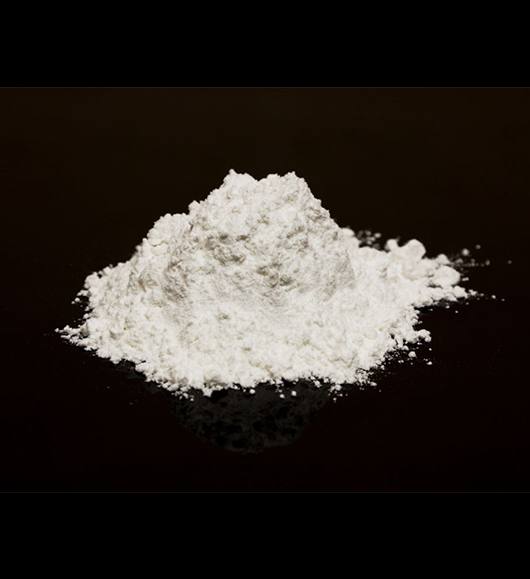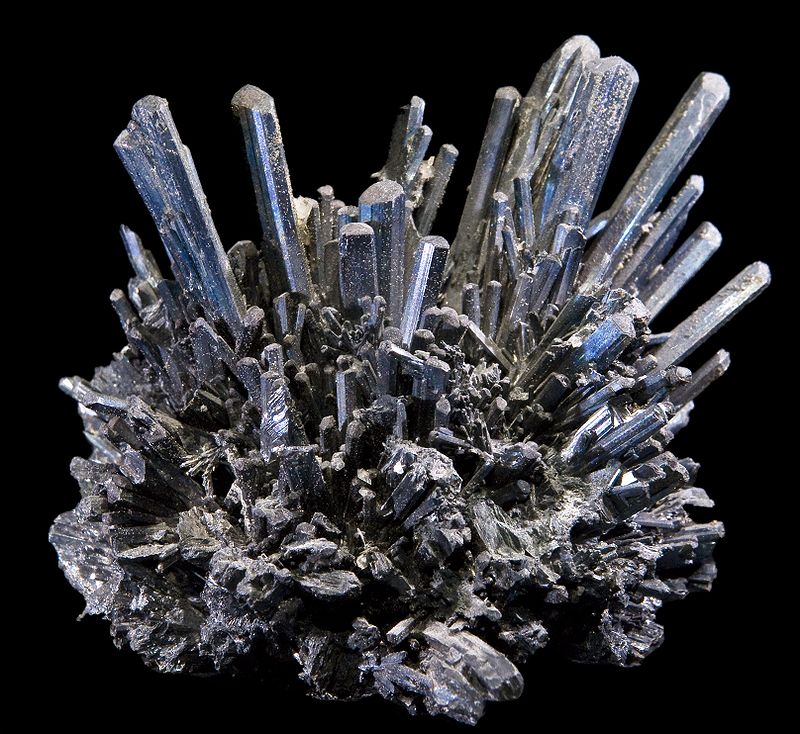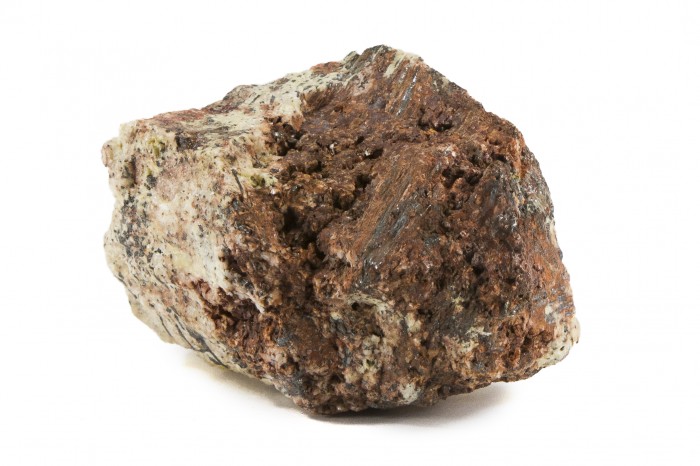

Antimon Company is a leader in the development and production of antimony products. We specialize in innovative solutions for industry, providing high-quality materials for many areas, from electronics to metallurgy. Our mission is to create advanced technologies and ensure sustainable development for our partners. Our production facilities are equipped with modern equipment, which allows us to manufacture products that meet the highest world standards. We implement advanced methods of processing antimony, ensuring efficiency and minimal impact on the environment. Our areas: ✅ Metallurgy – improving alloys and increasing their strength ✅ Electronics – using antimony in semiconductor technologies ✅ Chemical industry – production of catalysts and fire-resistant materials We strive for long-term cooperation and an individual approach to each client, offering reliable solutions, proven by experience and research. Antimon Company is your partner in the world of advanced technologies!

Chemical Symbol: Sb
• Atomic Number: 51
• Density: 6.697 g/cm³
• Melting Point: 630.63°C
• Boiling Point: 1587°C
• Appearance: Silvery-white, brittle metalloid
• Electrical Conductivity: Poor conductor of electricity
• Toxicity: Toxic in high concentrations
• Alloying Ability: Forms strong alloys with other metals

Stibnite is a natural antimony sulfide and the main source of metallic antimony. It forms elongated, prismatic crystals of lead-gray color with a metallic luster. It often appears as bundles of needles or columnar structures.
Color: Metallic gray, steel-like, Luster: Metallic, Mohs Hardness: 2 (soft), Density: Approximately 4.6 g/cm³, Cleavage: Perfect, Brittleness: Very brittle, easily crumbles.
Main source of antimony extraction:
• Used in the production of:
• Batteries
• Alloys
• Semiconductors
• Flame retardants (fire-resistant materials)
• Pyrotechnics

Chemical formula: Sb₂O₃.Color: White, grayish-white, or sometimes yellowish.Luster: Vitreous to dull.Crystal system: Isometric (cubic). Hardness: 2 – 2.5 (Mohs scale).Transparency:Transparent to translucent. Formation: Forms in the oxidation zones of antimony deposits, typically as a secondary mineral after stibnite (Sb₂S₃). Associated minerals: Stibnite, valentinite, kermesite.Notable localities: Algeria, Italy (Tuscany), Mexico, Russia (Transbaikalia).
Senarmontite is a rare, natural mineral form of antimony trioxide (Sb₂O₃). It crystallizes in the isometric system, often forming octahedral crystals. It is a secondary mineral, formed by the oxidation of stibnite (Sb₂S₃) in antimony-rich ore deposits
